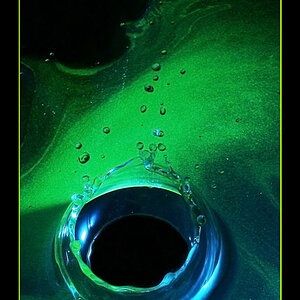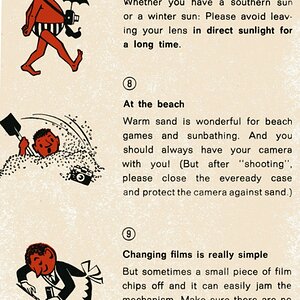ahelg
TPF Noob!
Today I started purchasing the some of the stuff I need to start developing my B&W negatives. I bought the Kodak TMAX developer. I would like to some advice about it.
Should I mix it fresh strait before I use it or should I mix the hole lot and put it in my AP chemical bottle?
Do I dispose of the developer after I use it or do I use it several times?
How do I dispose of the developer? Do I pour it down the drain or do I have to deliver it at a chemical collection point?
I did not see any TMAX Fix and Stop. Does this exist?
Should I mix it fresh strait before I use it or should I mix the hole lot and put it in my AP chemical bottle?
Do I dispose of the developer after I use it or do I use it several times?
How do I dispose of the developer? Do I pour it down the drain or do I have to deliver it at a chemical collection point?
I did not see any TMAX Fix and Stop. Does this exist?







![[No title]](/data/xfmg/thumbnail/35/35872-12704b8c65e1c009d7089ccba367abb6.jpg?1619737198)
![[No title]](/data/xfmg/thumbnail/38/38723-12789924db409b40399a402700ac823c.jpg?1619738702)
![[No title]](/data/xfmg/thumbnail/38/38720-f0f83c1b09a42065eefec8923841d54d.jpg?1619738701)



